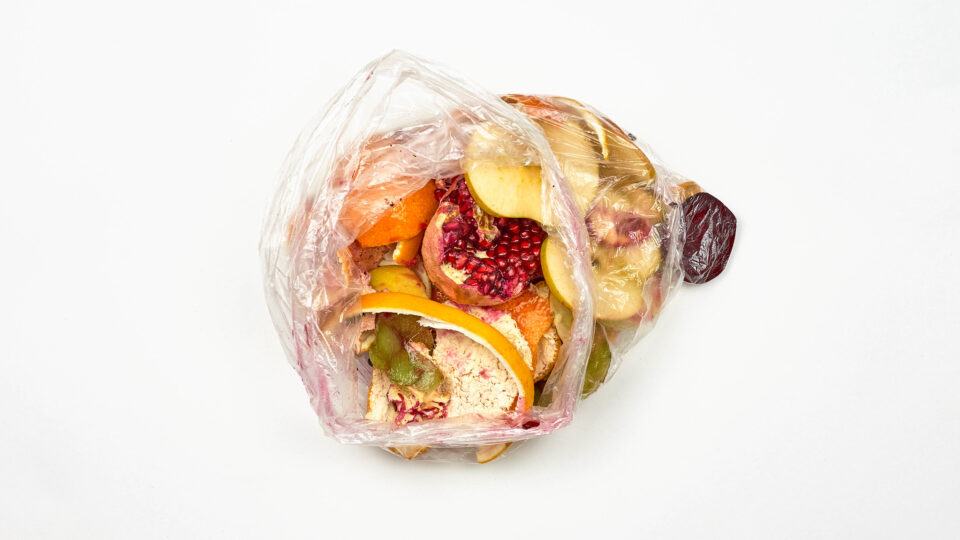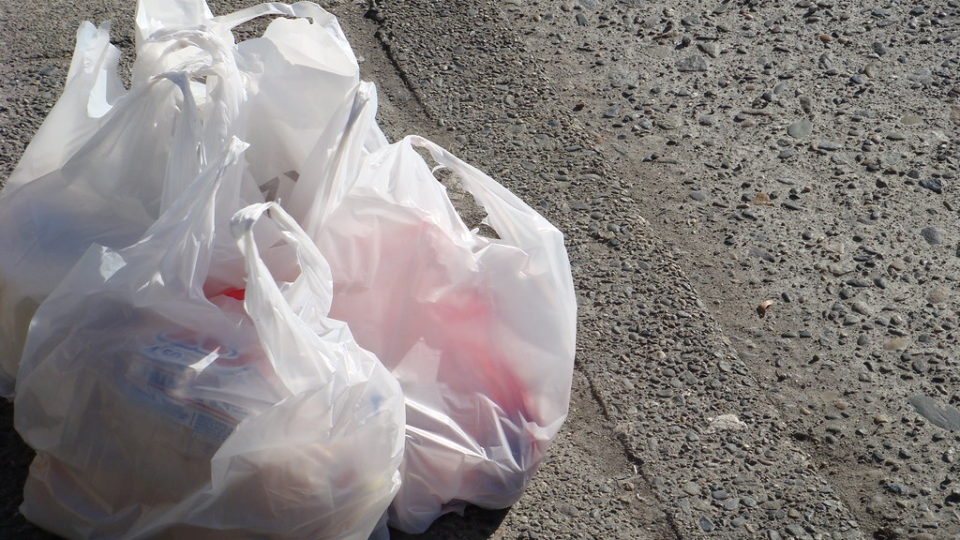Many of us buy blueberries, raspberries, blackberries, and more in those little clear plastic clamshell boxes. We try to check them out at the store to make sure they are ok and even if are, many soon end up coated with gray mold and other fungi. It is a problem that is both disappointing and expensive.
Researchers from several Chinese Universities recently reported that compounds extracted from sunflower crop waste are quite effective at preventing rotting in blueberries. They suggest that the food industry could use these natural compounds to protect berries from postharvest diseases.
Sunflowers are grown globally for their seeds and oil. The flower stems themselves are generally considered to be a waste product. Sunflowers are known to be particularly resistant to many plant diseases so the researchers decided to investigate whether there might be chemical constituents within the plants that are responsible for the protective property.
Their research led to the isolation of 17 different compounds known as diterpenoids, including four that have never been identified before. They found that 4 of the compounds, including 2 of the newly discovered ones, were effective at preventing the growth of fungus on the blueberries.
Berries were wetted with the compounds and then dried off and injected with mold spores. Half of the treated berries were protected from the mold.
There is no reason that the method couldn’t be applied to a variety of crops. There is great appeal in the concept of using a harmless extract from a plant to render a food crop safe from fungal infestation. The technique holds great promise in preventing postharvest disease in fruit.
**********
Web Links
Sunflower extract fights fungi to keep blueberries fresh
Photo, posted August 26, 2006, courtesy of Liz West via Flickr.
Earth Wise is a production of WAMC Northeast Public Radio








